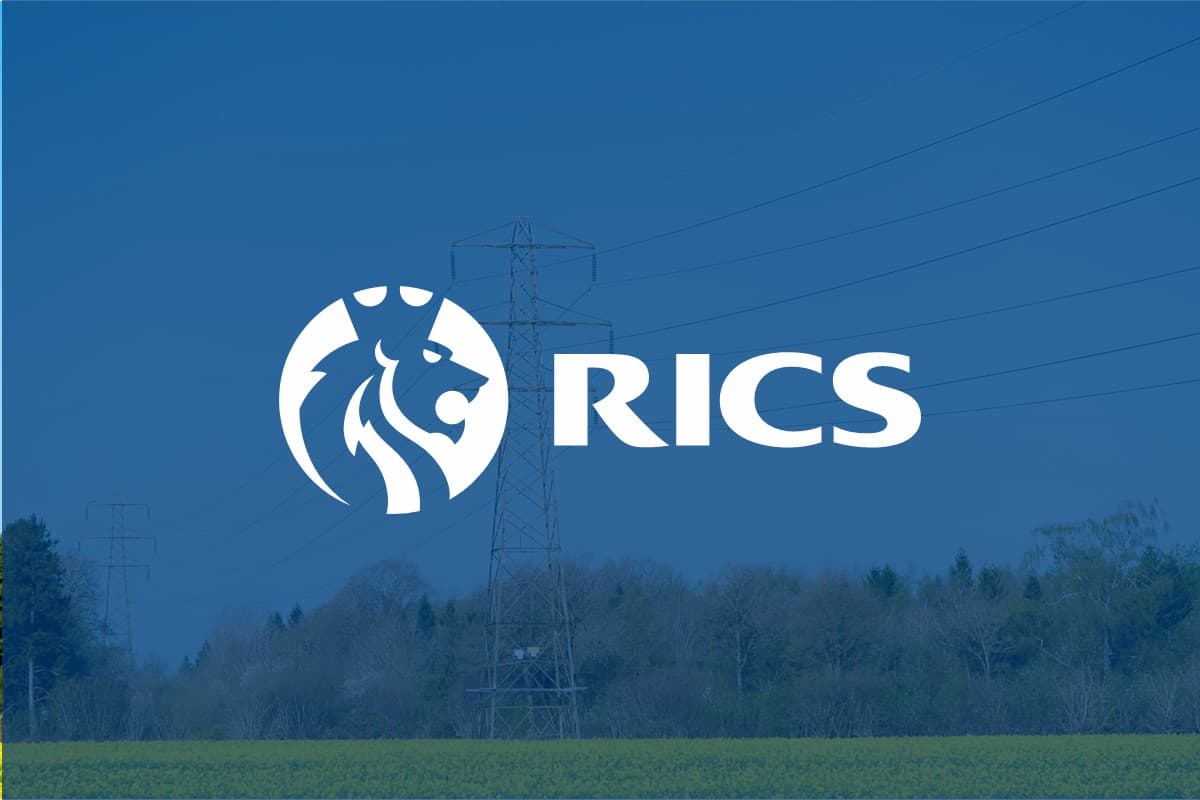Rural energy revival
Published June 2016
The following article is excerpts from an article our CEO, Hugh Taylor, had published in the RICS Land Journal in June 2016.
In the full version of the article Hugh examines the current and future prospects for energy opportunities for rural landowners. He details some of the complex systems that National Grid use to balance grid supply and the revenues that could be available to landowners.
He concludes with a warning to land owners and rural surveyors – with a competitive and changeable sector, complex revenue streams, some developers lacking expertise to bring schemes to fruition and a number of other risks, landowners should seek independent specialist advice.
The full article from the RICS Land Journal June/July 2016 is available here:
http://www.rics.org/uk/news/journals/land-journal/land-journal-junejuly-2016/
Rather than herald the death of farm-based power, last year’s renewable industry policy changes mean lucrative opportunities for landowners.
The UK energy sector is in a state of dramatic and unpredictable change. Some of this is driving strong demand in non-renewable power technologies, which is in turn pushing a demand for sites. With ground rents approaching £100,000 per annum for prime sites of under an acre in size, this is a development worth understanding.
DECC’s overriding responsibility is to provide security of energy supply to UK homes and businesses, but it is becoming challenging. Since 2010, 26 power stations have been decommissioned and DECC has called time on coal-fired power. A further 43 power stations will close by 2030. Altogether, these closures represent a total of 50GW, which is 55% of UK power capacity.
The mechanism for ensuring investment in new capacity – which is vital to keep the country’s lights on – is the capacity market. This is a yearly auction that provides an annual retainer to operators, paid on a per-kilowatt basis.
The capacity market does not differentiate between technologies, levels of efficiency, emission levels or the cost of power generated. The bidding process favours schemes that are cheaper to install or which have the greater number of revenue streams.
Different power technologies
The cheaper power plant technologies to acquire and install are reciprocating engines, the gas or diesel-fuelled internal combustion engines known as gensets.
Being relatively small in scale, gensets are normally embedded in the distribution network, and therefore benefit from the relatively low connection and operating costs associated with connecting to the grid at 11,000V or 33,000V. By contrast, combined-cycle gas turbines (CCGTs) typically inject into the transmission network and bear the significant costs of connecting and operating at higher voltages – 275,000V or 400,000V.
Of increasing relevance are the frequency response services, which National Grid operates to balance grid frequency. To keep system frequency within statutory limits, National Grid procures generation and demand reduction which is held in automatic readiness.
An operator’s frequency response revenues will be determined principally by the speed of power output that it can provide. The faster the response, the higher the revenues that will be available. As a rule, power storage technologies such as battery and flywheel respond the fastest, followed by pumped storage, diesel gensets, gas engines and then gas turbines.
In 2015, National Grid announced its 200MW enhanced frequency response (EFR) market with a performance criterion of deploying 100% active power output within a second of registering a frequency deviation. One of the few technologies that can meet this criterion is battery storage.
Given that EFR schemes don’t benefit from the bulk of the revenue streams available to other power plants – capacity, balancing services and the energy market – and battery technology is incredibly expensive at present, gensets may be more appropriate than batteries for many sites.
Complexity and risks
In the power plant markets, accessing and maximising all the available revenue streams is incredibly complex. Sometimes, as with battery storage, there are considerable risks associated with the technology. In all cases, significant capital is required.
As competition for dwindling grid capacity increases, the value of technical, strategic and tactical grid-related skills also increases. Identifying connection opportunities, creating grid rights, safeguarding those rights and safely marketing a site to the most appropriate operators of the most suitable technology all require specialist expertise.






